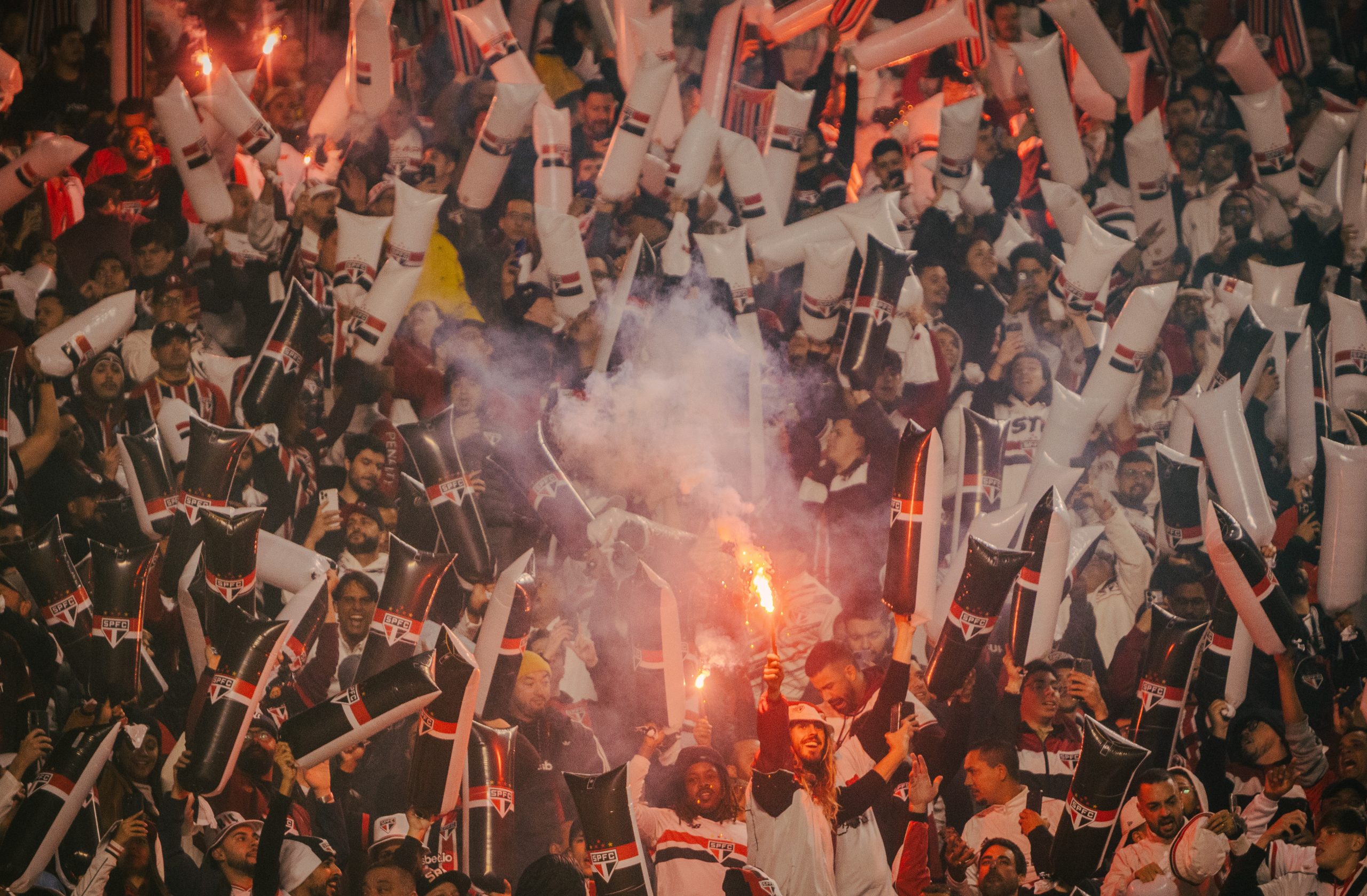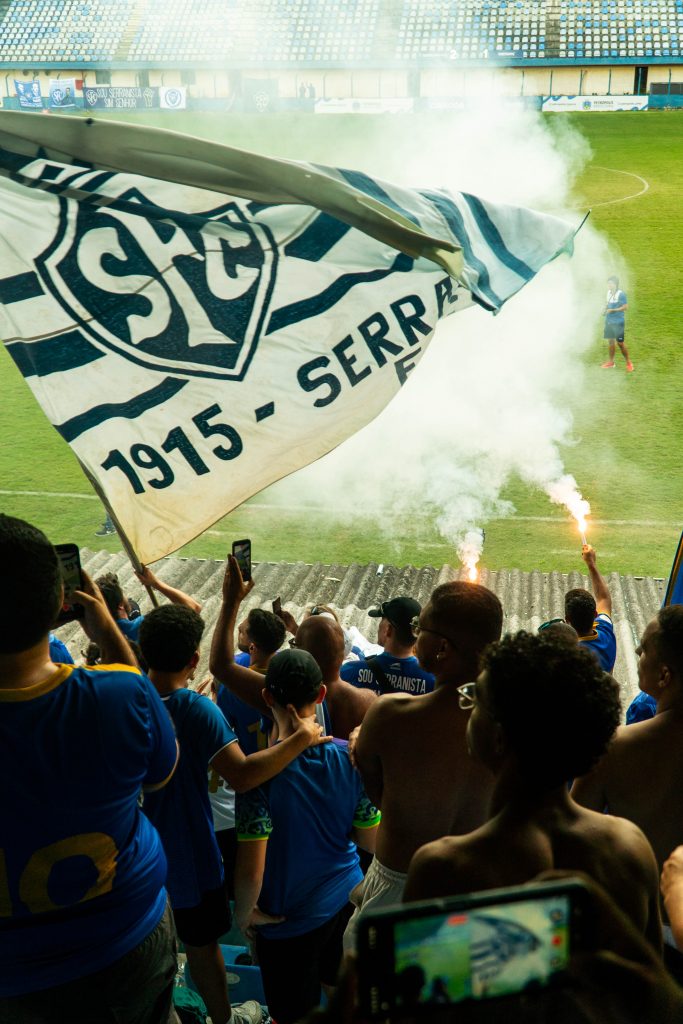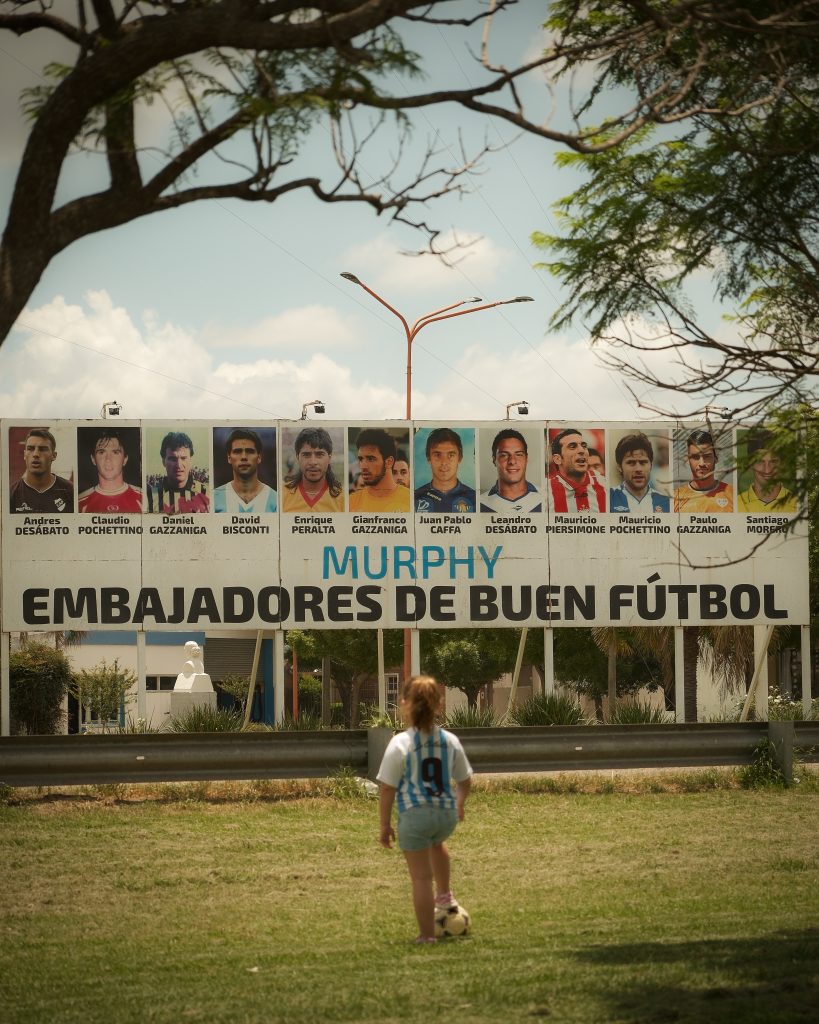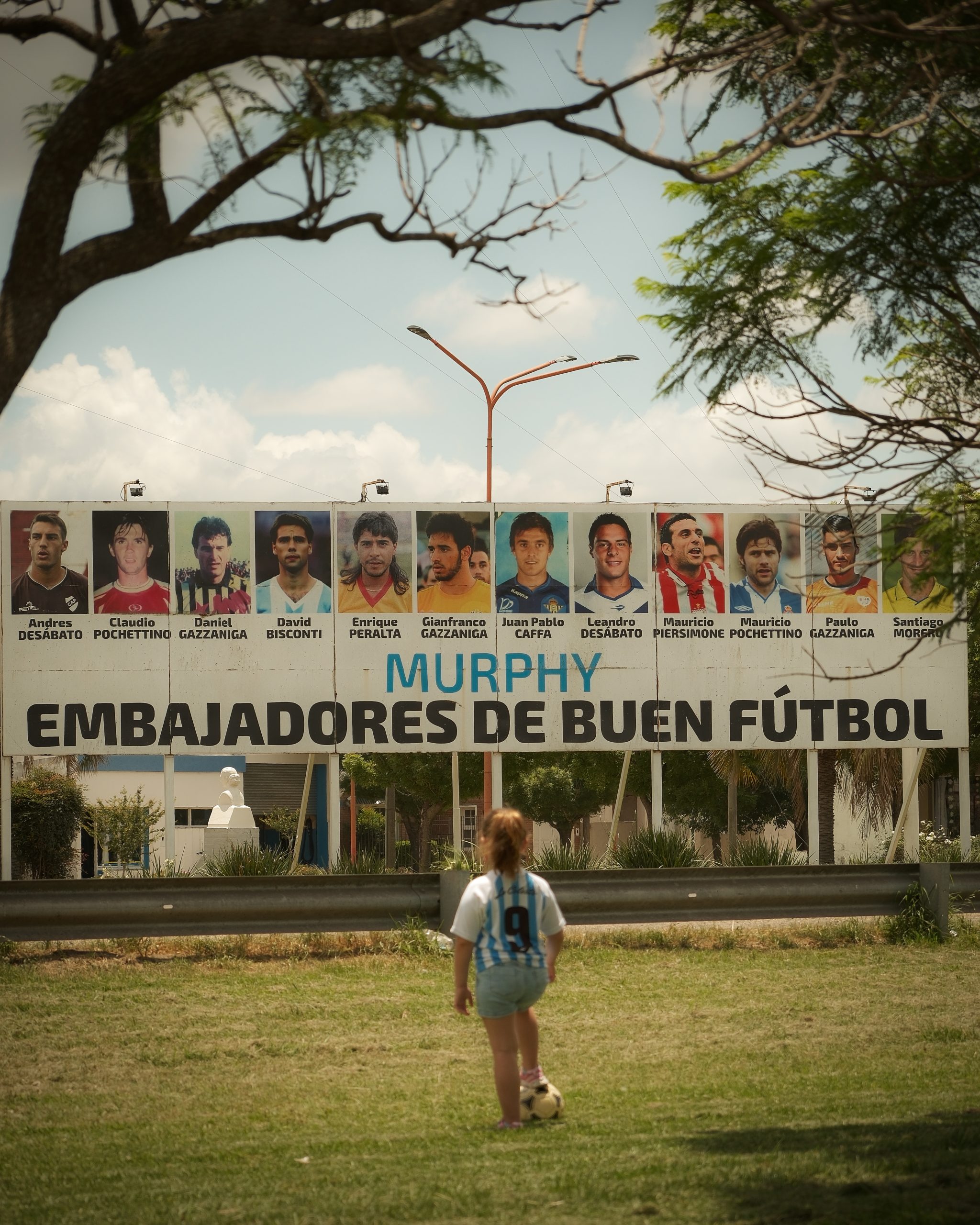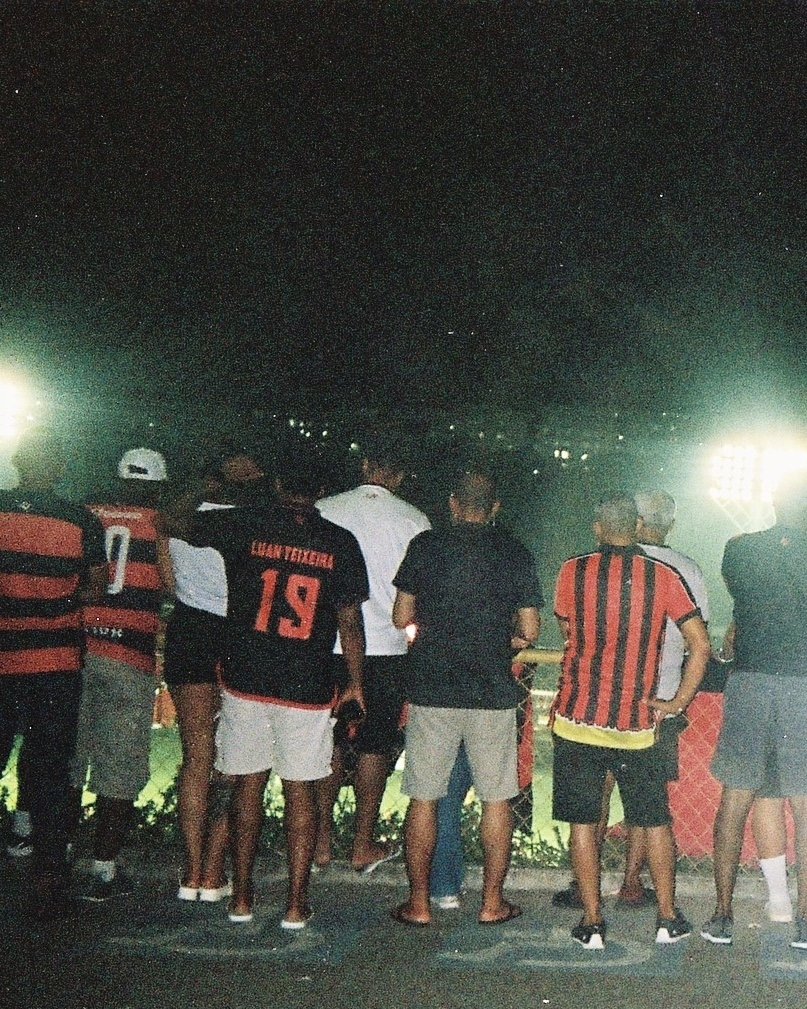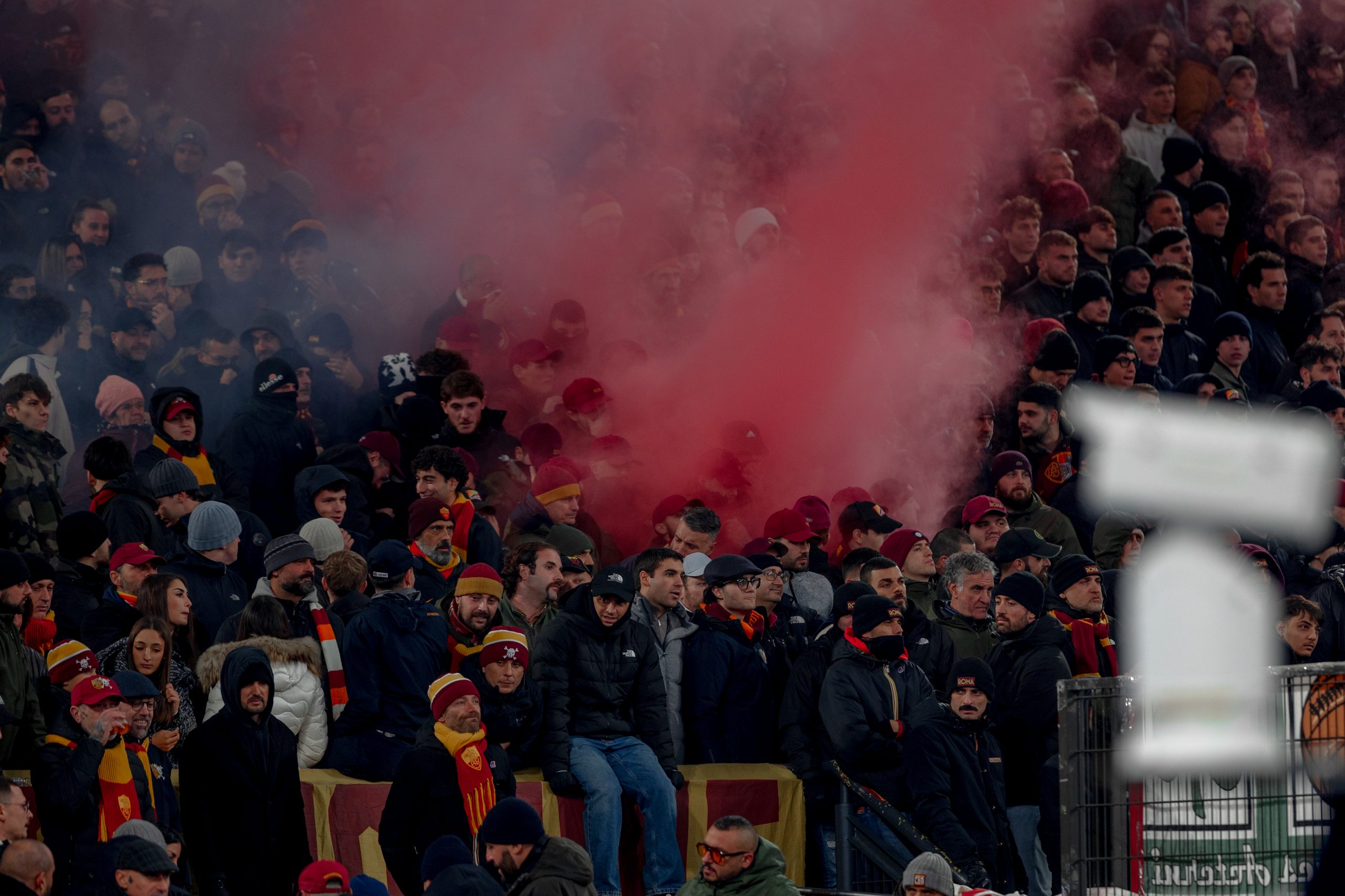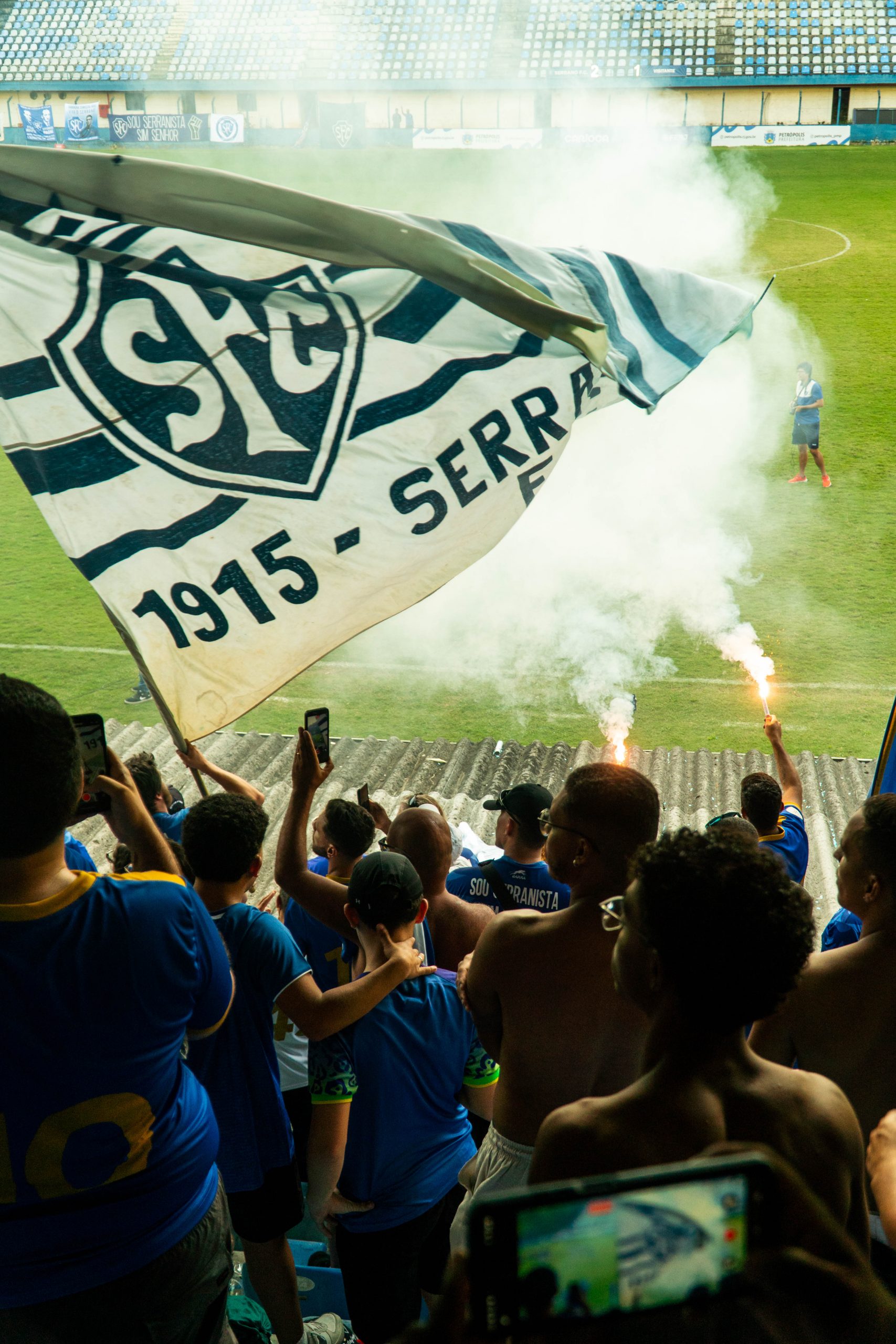All words and images by Gregorio Gastaldi
Letters from São Paulo: where faith, football, and culture meet along the coast and beyond.
In the first instalment of Letters from São Paulo, Gregorio Gastaldi journeys into the heart of the metropolis to witness São Paulo FC at their iconic home, MorumBIS. Among towering skyscrapers and endless traffic, he discovers a stadium that feels more like a cathedral — where noise, colour, and devotion collide. This is where the city’s chaos gives way to communion, and football becomes something close to faith
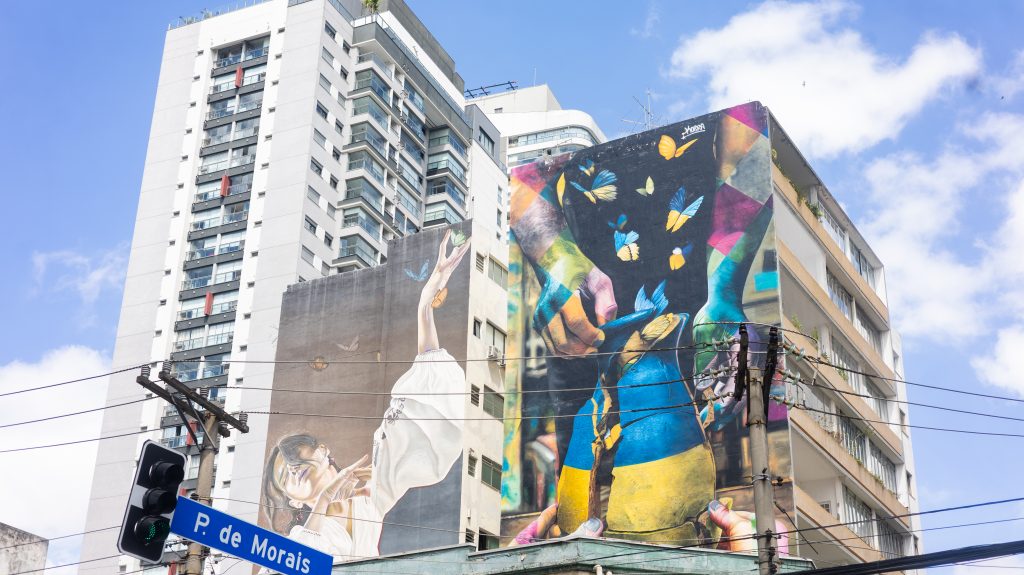
A Real Libertadores Night
By far, the stadium I wanted to visit the most in Brazil was MorumBIS. My expectations were too high, and that could have been a mistake, but all of them were accomplished incredibly. The atmosphere at MorumBIS was by far the best one I felt during the two weeks exploring Brazilian stadiums from inside and outside.
Known to be a challenging place because it’s surrounded by a couple of favelas, walking to it through the main avenue with a big crowd turned out to be the safest place ever. Once in, more than fifty-five thousand furious attendants. Flags, balloons, fireworks, and a new record for ticket sales, with more than eight million reais collected.
“A real Libertadores night,” I thought to myself and smiled alone, confirming my great decision to travel this far to witness mystic and history.
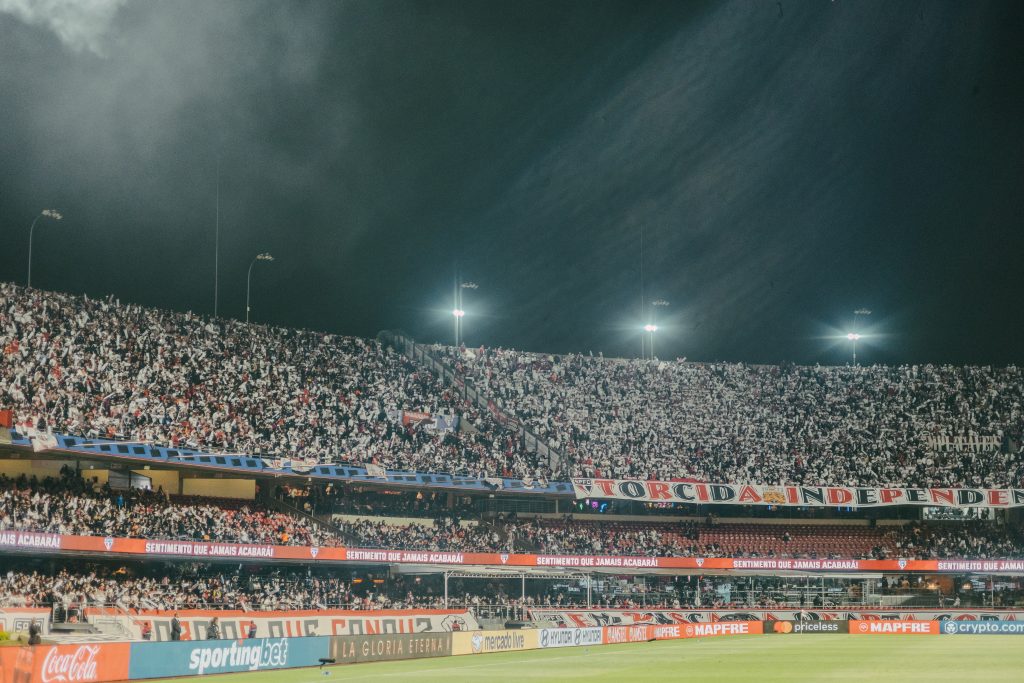
The Immensity of São Paulo FC
The dimension of how big São Paulo is could be measured every day of the week, even if they don’t play. Just walk through any neighbourhood at any time of the day, and you will find somebody wearing a shirt of the club.
The metro from the city centre was already a pre-match warm-up, with every train fully packed with fans going to the stadium and singing together in public transport. I had only seen something similar in the number of people when I attended Flamengo’s match at Maracanã for Libertadores, but not in fervour.
Four hours before the game, I thought there was a favela burning from a fire and got worried about it. When I approached closer, the torcida was trying the flares they would then use to receive the bus of the local players arriving at the stadium. What a show. After the fatal game, the situation wasn’t different.
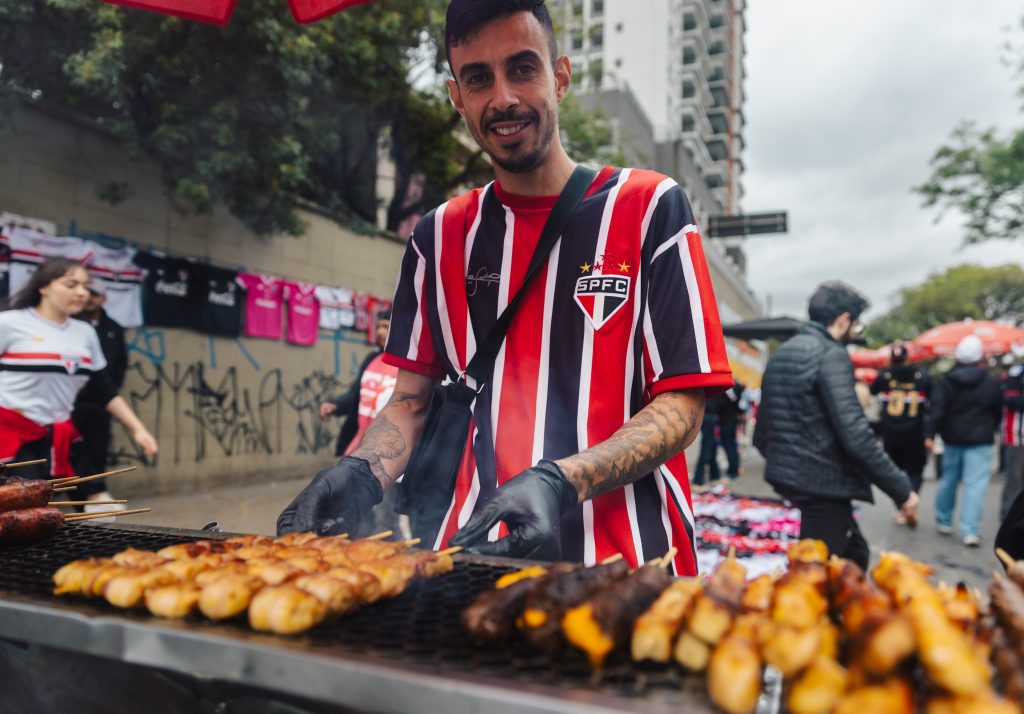

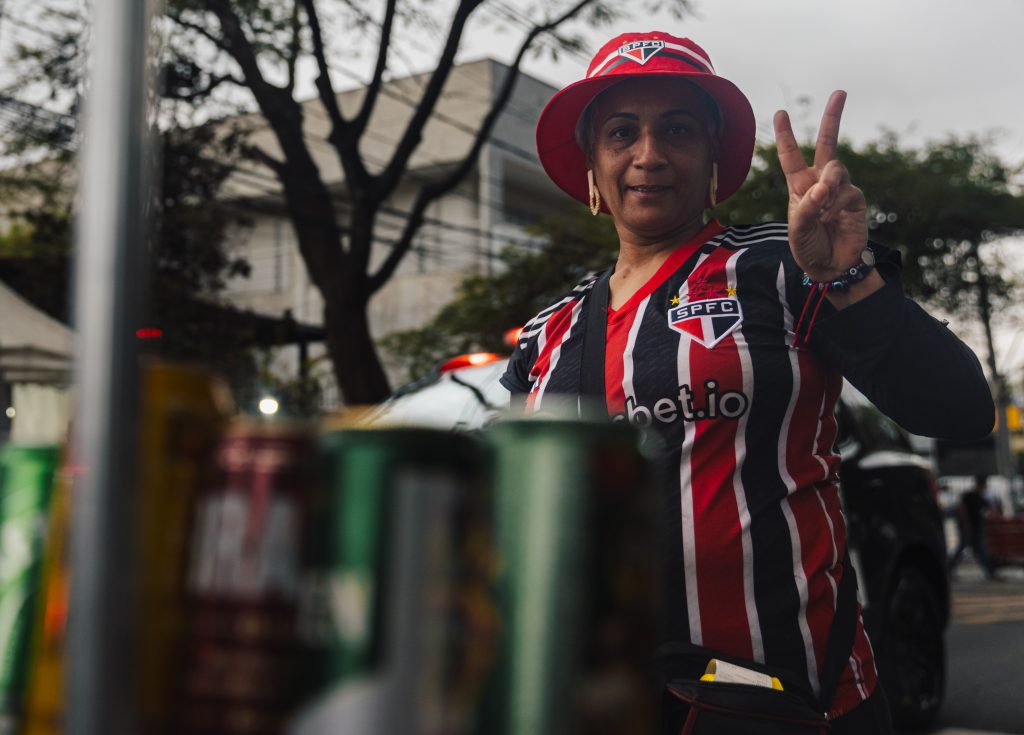
A Season of Disappointment
São Paulo lost the series against Liga (0-3) and the match at home as well. A big disappointment for everyone, especially because they weren’t close at all to qualifying and couldn’t handle well the pressure of a fully packed MorumBIS pushing forward.
Hernán Crespo’s team tried to attack and quickly score from the start to get close. But instead, the Ecuadorians took advantage of a defensive mistake and extended an unachievable distance.

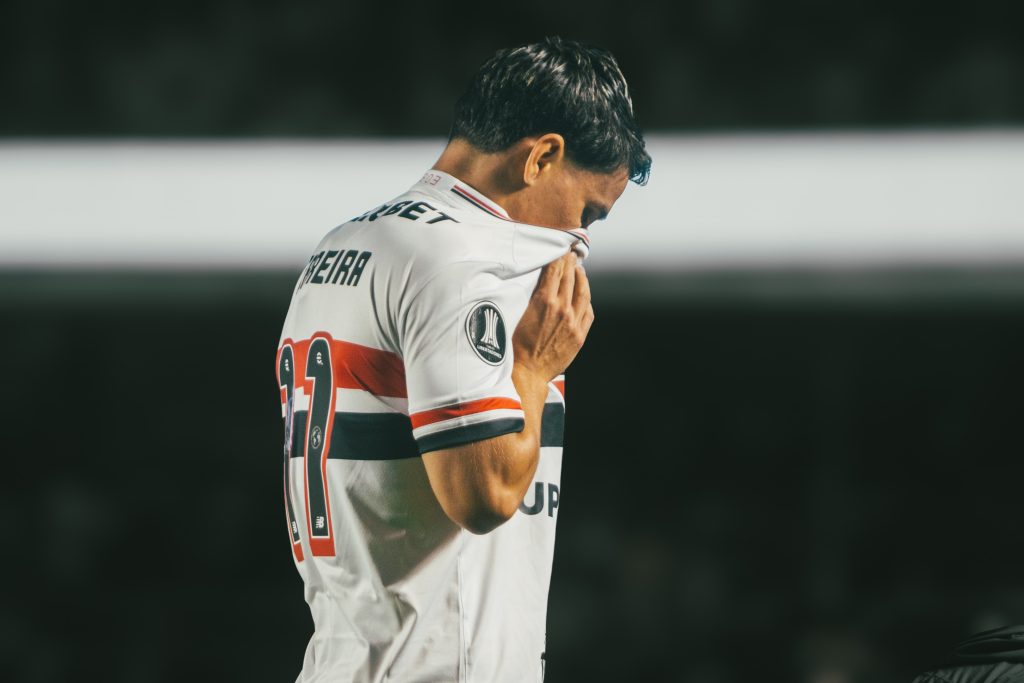
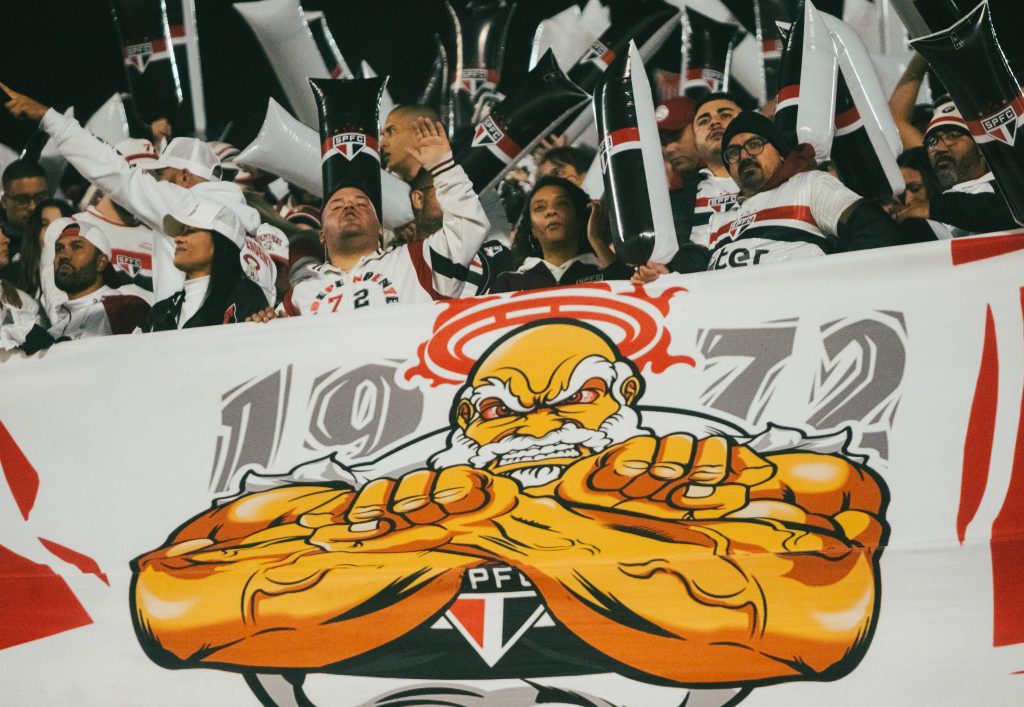
A good example of how São Paulo’s season has been so far: good intentions but no ideas. Far from the first positions in the Brasileirão, out of the Brazilian local cup, and out of Libertadores, their year is almost over.
The players weren’t clapped when they left the field, not only because of the result but because of the way in which they lost too. People expressed loudly their discontent.
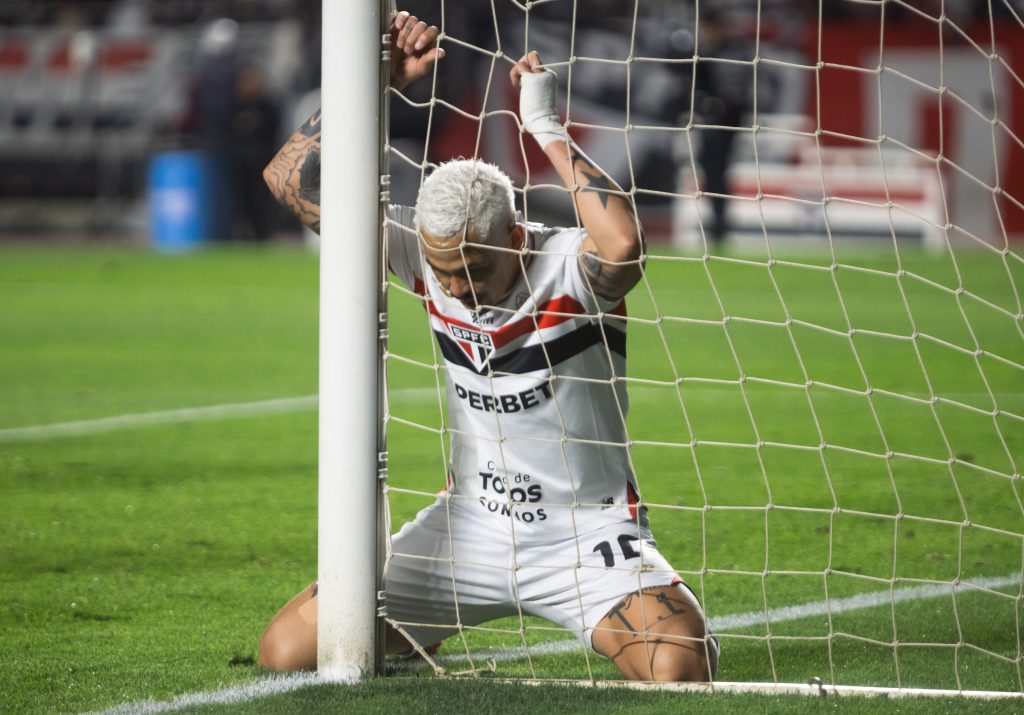
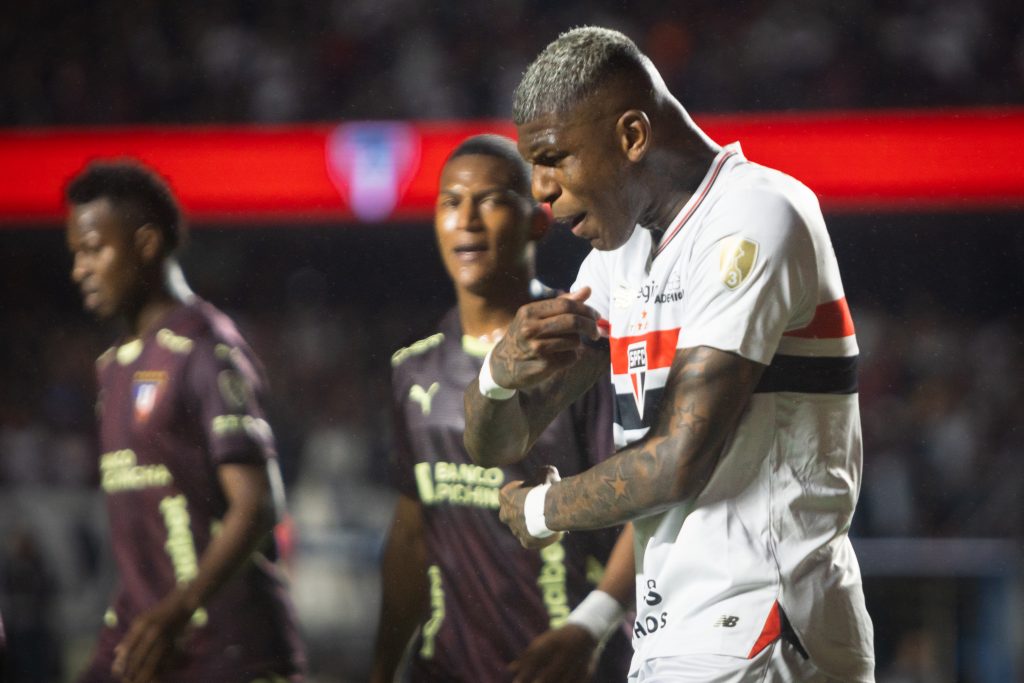
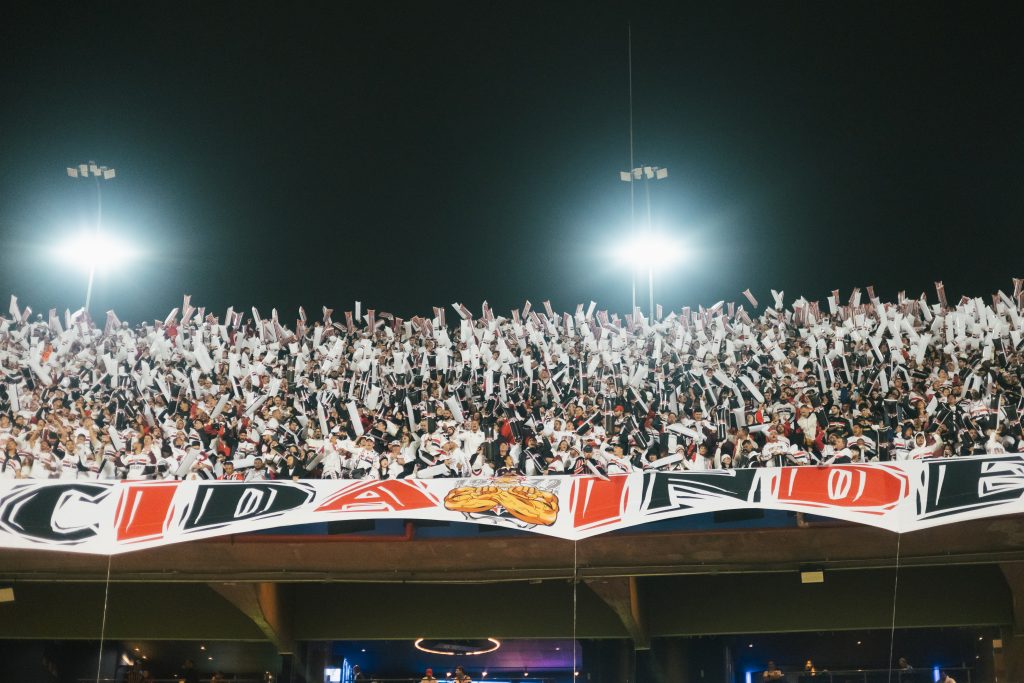
The Soul of a “Copero” Club
For me, São Paulo represents the true “copero” club (very used to winning crucial matches and always a big candidate to win international competitions) in Brazil. It’s hard to explain, but some teams generate a sense of being prepared for special matches. Sometimes the supporters do, and over the years of competition, even stadiums have shown this capacity to win with no other explanation than attitude.
I didn’t need any Paulista to explain this to me because I observed it myself — but they did anyway. It’s part of their culture, a habit, or just a way to confront life.
Maybe football is changing too fast, and the magic of passion cannot win many more games by itself. You need to play well, and São Paulo sometimes certainly does. But even when they don’t, “tricolor” fans assure São Paulo gives a different plus when playing at home. Their honourable trophy collection certainly confirms their theory.
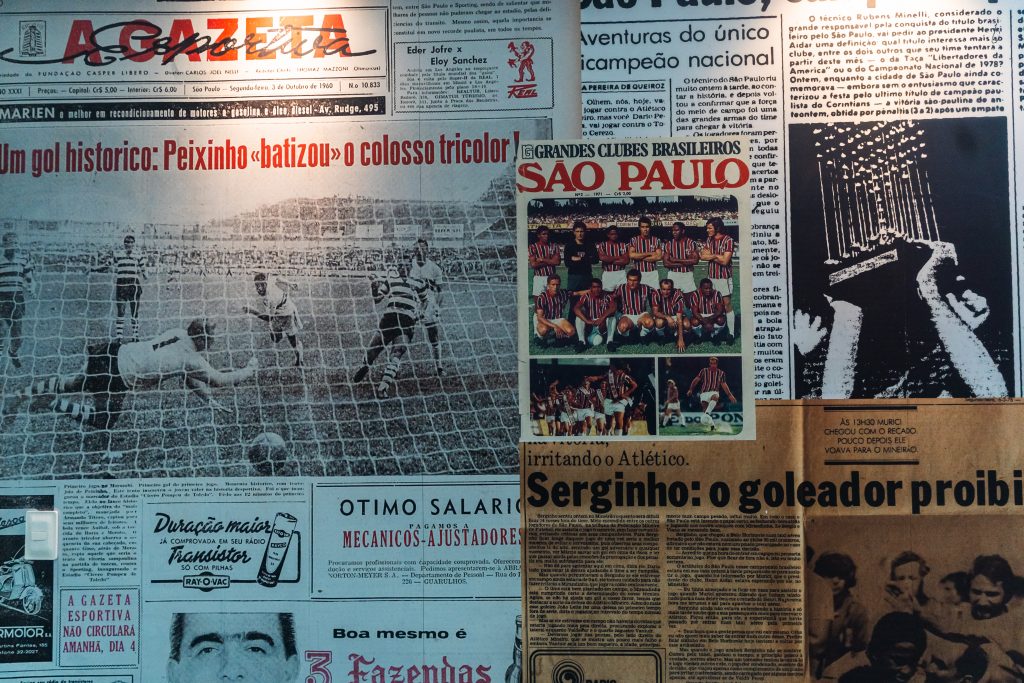
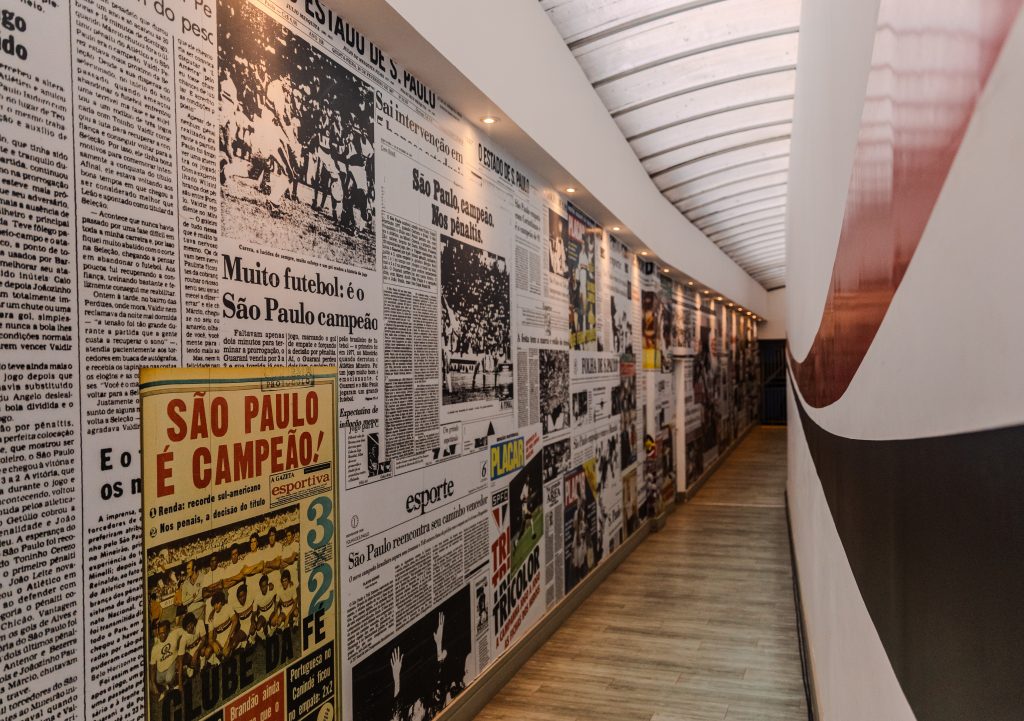
Next Stop: Santos
Leaving the electric nights of MorumBIS behind, I set my sights on the coast — to Santos, the birthplace of Pelé and one of Brazil’s most storied clubs. From the chaos of São Paulo’s metropolis to the ocean breeze and calm of Vila Belmiro, the journey continues — another chapter in understanding how football, in this country, is never just a game, but a way of life.
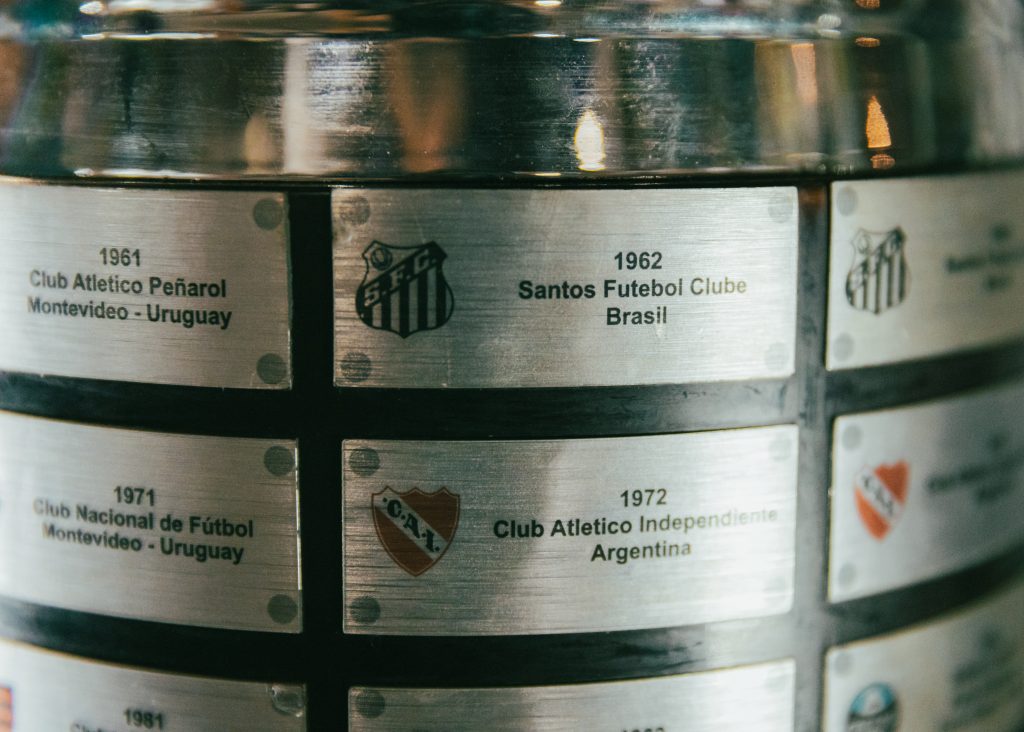
All words and images Gregorio Gastaldi

